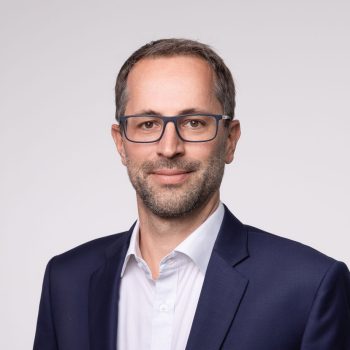 © Daniel Hinterramskogler
© Daniel Hinterramskogler
Sustainable roof systems: “From protection to multi-function”
Photovoltaics, roof renovation and innovative strategies for the future: Christian Reingruber, Chief Strategy Officer (CSO) Roof Solutions and Applications, is driving the development of sustainable roofs at wienerberger.








 © Robert Staudinger
© Robert Staudinger

 © Wienerberger
© Wienerberger